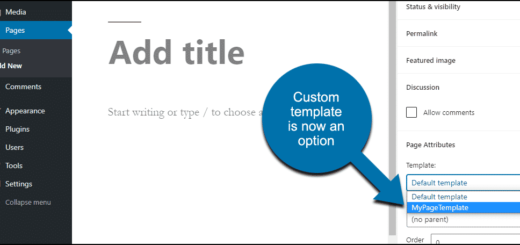CodeIgniter 4 vs CodeIgniter 3

CodeIgniter is a popular PHP framework known for its simplicity and ease of use. The release of CodeIgniter 4 brought significant changes and improvements over CodeIgniter 3. Here’s a detailed comparison between the two versions:
CodeIgniter 4 vs CodeIgniter 3
Architecture and Design
- CodeIgniter 4:
- Namespaced Code: Uses PHP namespaces, which helps in avoiding class name conflicts and provides better autoloading.
- PSR Compliance: Follows PSR-4 for autoloading, PSR-1 for basic coding standards, and PSR-2 for coding style.
- Better Modular Separation: Provides a more modular structure, making it easier to manage large applications.
- Improved Dependency Management: Uses Composer for dependency management, allowing easier integration of third-party libraries.
- CodeIgniter 3:
- Non-Namespaced Code: Does not use PHP namespaces, which can lead to potential class name conflicts.
- CI Autoloading: Uses a custom autoloader instead of the PSR-4 standard.
- Legacy Code Structure: Less modular and harder to manage as the application grows.
Features and Functionality
- CodeIgniter 4:
- Improved Models: Introduces Entity classes and a more robust Query Builder with better support for complex queries.
- Routing: Enhanced routing system with more flexibility and support for HTTP verbs.
- CLI Tools: Comprehensive command-line tools for various tasks like migrations, seeding, and testing.
- Configuration: Simplified configuration files with environment-specific settings.
- Security: Built-in support for CSRF protection, improved validation, and escaping mechanisms.
- Testing: Integrated testing support with PHPUnit.
- CodeIgniter 3:
- Basic Models: Simpler model system without Entity classes, limiting advanced ORM capabilities.
- Basic Routing: Limited routing capabilities compared to CI4.
- CLI Tools: Basic command-line support, not as extensive as CI4.
- Configuration: Configuration files are not as streamlined and lack environment-specific settings.
- Security: Basic security features but not as comprehensive as CI4.
- Testing: No built-in support for testing, requiring third-party solutions.
Performance and Optimization
- CodeIgniter 4:
- PHP 7+ Compatibility: Designed to take full advantage of PHP 7+ features and optimizations.
- Caching: Improved caching mechanisms and support for multiple cache drivers.
- Database Handling: Better database performance with improved query builder and faster execution times.
- Memory Usage: More efficient memory usage due to modern PHP features and optimizations.
- CodeIgniter 3:
- PHP 5.6+ Compatibility: Compatible with PHP 5.6 and above, but does not fully utilize PHP 7+ enhancements.
- Caching: Basic caching support, less flexible than CI4.
- Database Handling: Adequate but not as optimized for performance as CI4.
- Memory Usage: Higher memory usage compared to CI4 due to older codebase and lack of modern optimizations.
Documentation and Community
- CodeIgniter 4:
- Updated Documentation: Comprehensive and updated documentation reflecting modern PHP practices.
- Active Development: Active community and regular updates with new features and bug fixes.
- Larger Community: Growing community with more contributors and plugins available.
- CodeIgniter 3:
- Legacy Documentation: Documentation is extensive but not as modernized as CI4.
- Stability Over Updates: More stable but receives fewer updates and new features.
- Established Community: Long-established community but may see a decline as users migrate to CI4.
Conclusion
CodeIgniter 4 represents a significant upgrade over CodeIgniter 3, with modern PHP practices, enhanced performance, better modularity, and a more robust feature set. For new projects, CodeIgniter 4 is the recommended choice due to its advanced capabilities and future-proof design. However, for legacy projects, CodeIgniter 3 may still be used if stability and minimal updates are preferred.



